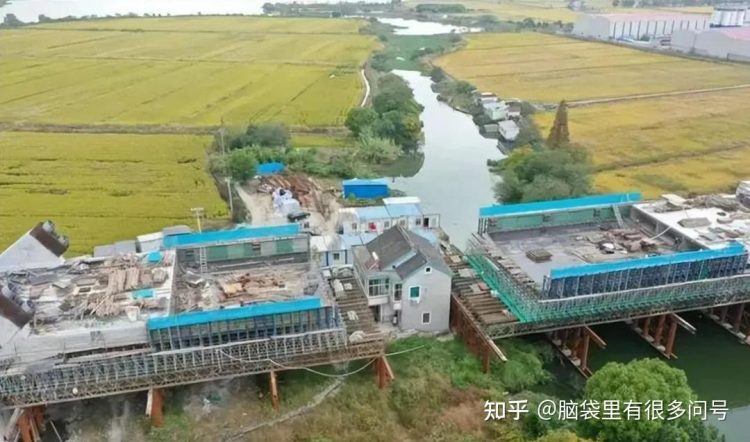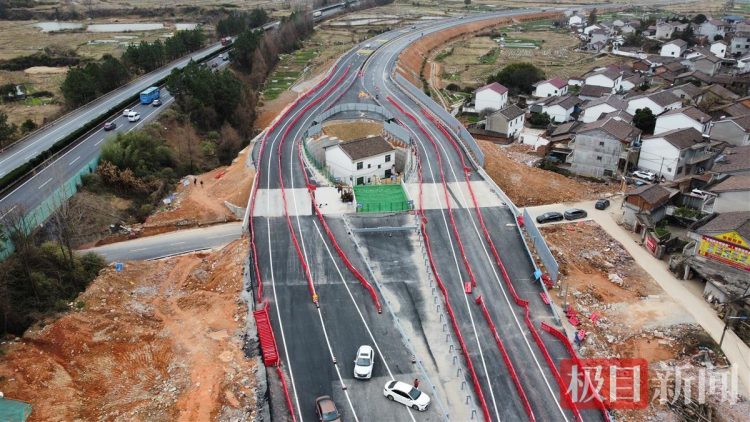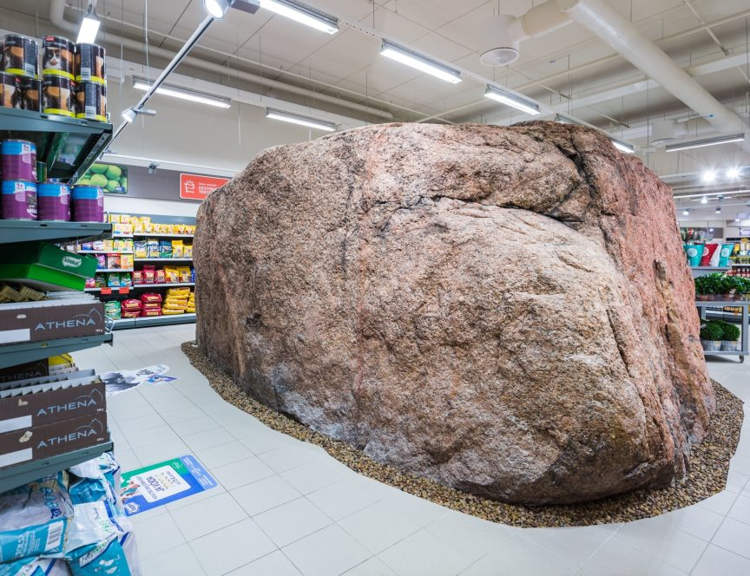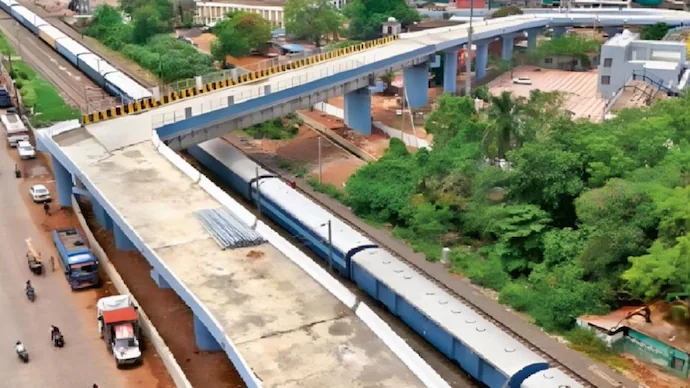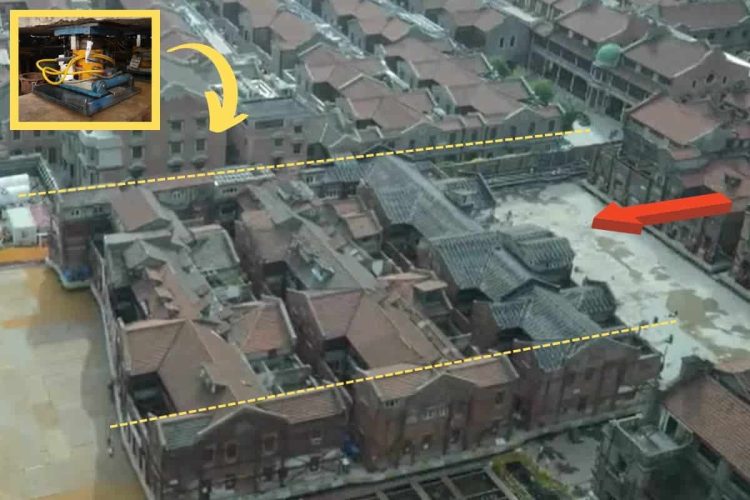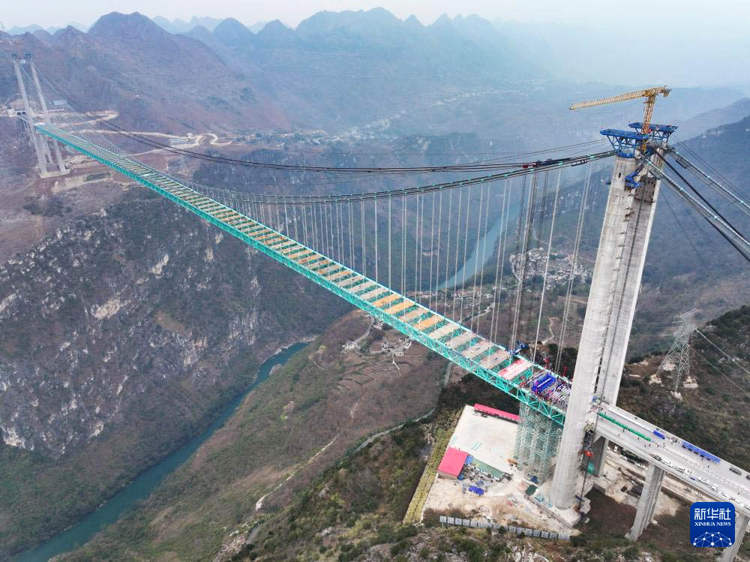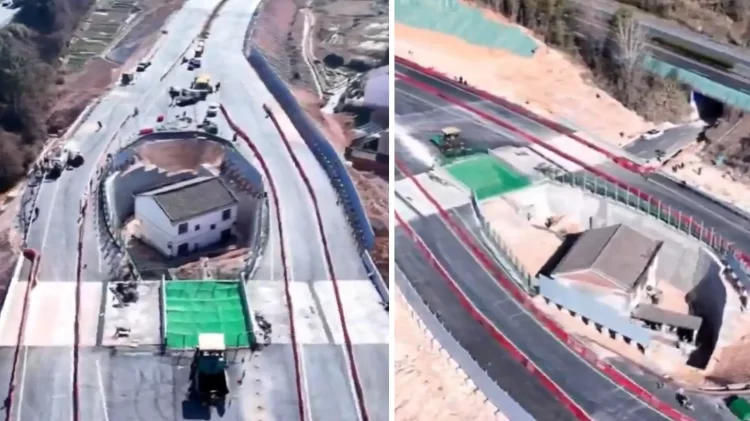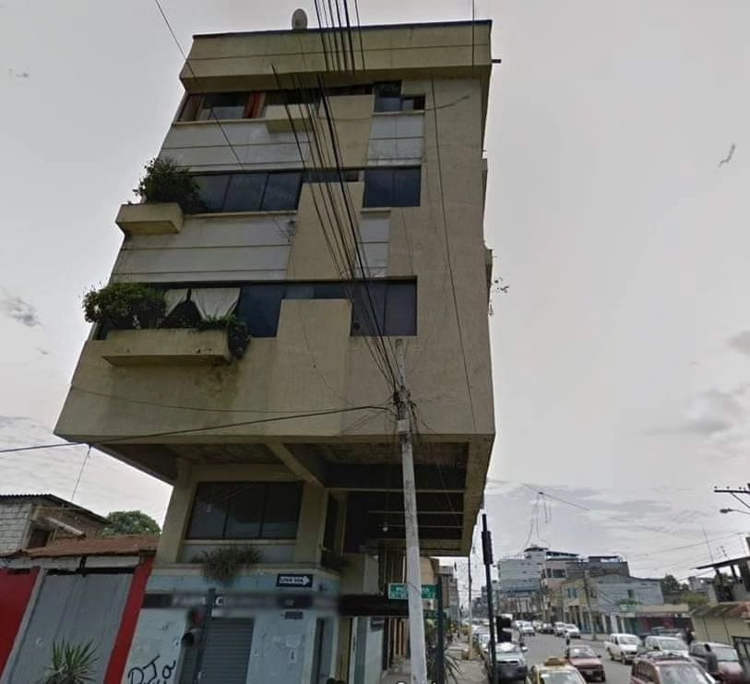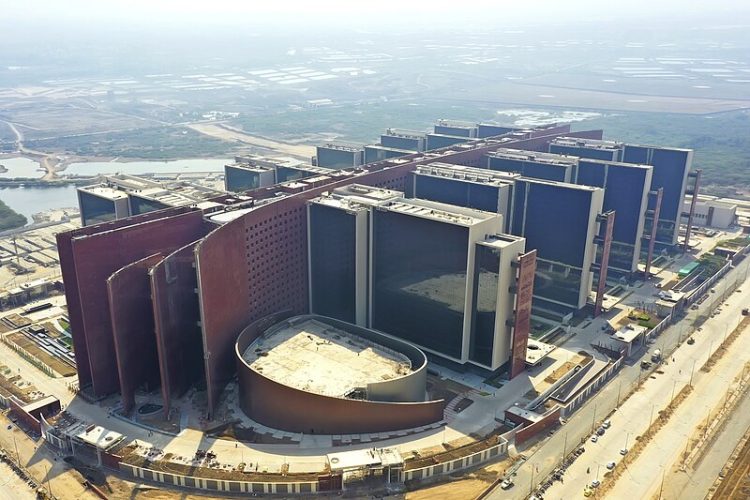Only a few years ago, if someone had told you that it was possible to build a home without the noisy, dusty eyesore that is the construction site, you’d probably have thought they were crazy. Yet, Chinese company WinSun Decoration Design Engineering Co has made this possible – they’re actually printing homes now, using one of those revolutionary 3D printers.
WinSun made headlines in March last year, when the printed 10 different one-story, 200 square-meter houses, using nothing but industrial construction waste and a 3D printer. Each building cost $4,800 to make. Now, they’re in the news again with two new additions – a five-story apartment building and a 1,100 square meter villa.
These two structures are the company’s largest 3D printed projects to date, but they’re only prototype models for now, set up for viewing at the Suzhou Industrial Park in Jiangsu province. One section of the unfinished wall on display shows the layers of the 3D-printed concrete that are stacked up to build the structures. The company revealed that the villa – which cost a decent $161,000 to build – was specially designed for Tomson Group, a well-known Tennessee based real estate company. Ten sets have already been pre-ordered.
“These two houses are in full compliance with the relevant national standards,” Ma Rongquan, the Chief engineer of China Construction No.8 Engineering Bureau, explained. “It is safe, reliable, and features a good integration of architecture and decoration. But as there is no specific national standard for 3D printing architecture, we need to revise and improve such a standard for the future.”
The proprietary 3D printer used by the company was developed by Ma Yihe, who has been creating 3D printers for over a decade. It stands 6.6 meters high, 10 meters wide and 40 meters long. It is used to fabricate parts in large pieces at WinSun’s facility, with a mixture of ground construction and industrial waste such as glass and tailings, around a base of quick-drying cement mixed with a special hardening agent.
A CAD design is used as a template and the computer uses this to control the extruder arm to lay down the material, ‘much like how a baker might ice a cake,’ the company explained. The walls are printed hollow, with zigzagging patterns inside to provide reinforcement. This also leaves space for insulation.The finished construction parts are then taken for assembly on site, along with steel reinforcements and insulation, in order to comply with official building standards.
It turns out that the process is highly efficient – it saves between 30 and 60 percent of construction waste, can decrease production times by 50 to 70 percent, and reduce labor costs by 50 to 80 percent. Since the technology makes use of recycled materials, the need for quarried stone and other materials is reduced. So the construction method is both environmentally friendly and cost-effective.
According to Ma Yi He, CEO of WinSun, waste from construction produces a lot of carbon emissions. But with 3D printing, the company has managed to convert that waste into brand new building materials. Even construction workers are at less risk of coming into contact with hazardous materials or work environments.
Now in their 12th year of business, WinSun holds 98 national patents for construction materials. They have long since been innovating in the field of 3D printing technology – they started with a 3D printing spray nozzle in 2004, followed by a printed wall in 2008. Their exclusive 3D printing ‘ink’ is a mixture of recycled construction waste, glass fiber, steel, cement, and special additives.
The company now aims to use its technology for larger scale constructions such as skyscrapers and bridges.
Photos: 3Ders.org, NetEase
Sources: 3Ders.org, Shanghaiist










